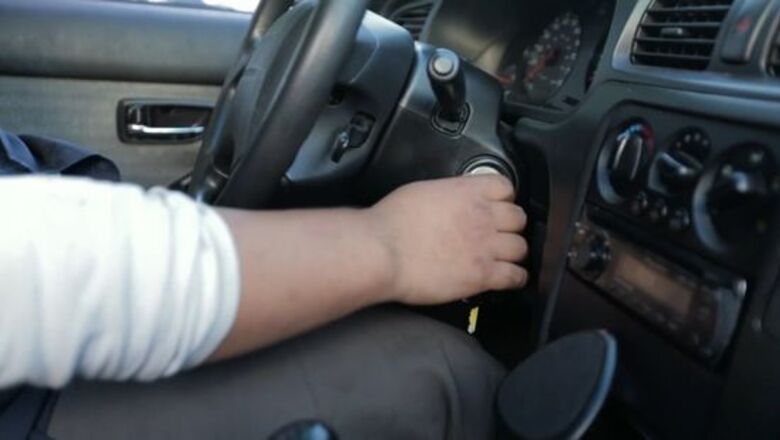
views
X
Research source
Luckily, replenishing a vehicle's brake fluid is a relatively simple task that most drivers can complete on their own with little time, money or effort. All you'll need is good-quality DOT 3 or DOT 4 brake fluid and common vehicle know-how to get started!
Checking the Brake Fluid Level
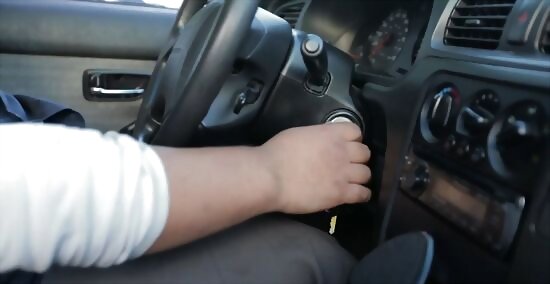
Park the vehicle on a level surface and turn off the engine. Before proceeding, make sure that the vehicle is in park with the parking brake activated. Though the risk of a free-rolling vehicle is almost insignificant for this procedure, it's better to be safe than sorry. For manual transmission vehicles, put the car in first gear and apply the parking brake.
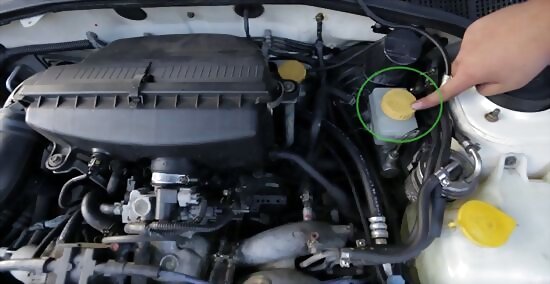
Locate the brake fluid reservoir under the hood. After turning off the vehicle, pop the hood and locate the brake fluid reservoir. This is usually small, pale in color (with a dark-colored cap) and mounted in the top driver's side corner of the engine bay. The brake fluid reservoir is attached to the brake master cylinder — from the outside, this looks like a small metal block or tube near the back of the engine. Note that most brake fluid reservoirs will have instructions printed on top of the cap. When it comes to refilling your brake fluid, defer to these instructions. This article is written for generalized cases and may not be perfectly accurate for every vehicle, but your manufacturer's instructions should be accurate for yours.
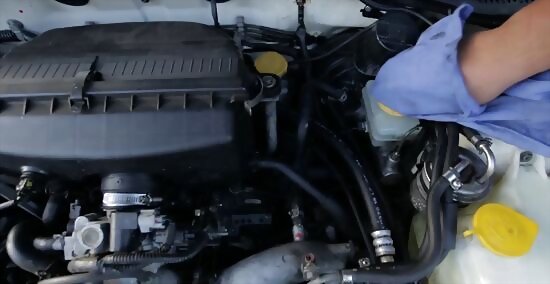
Clean off the top and the cap before opening up the brake fluid reservoir to examine the fluid level. Ensure that additional fluid is needed before proceeding — most brake fluid reservoirs should have marked "minimum" and "maximum" lines. Some newer vehicles are built so that the brake fluid level can be monitored while the reservoir remains sealed. In this case, you only need to read the fluid level marks on the outside of the tank.
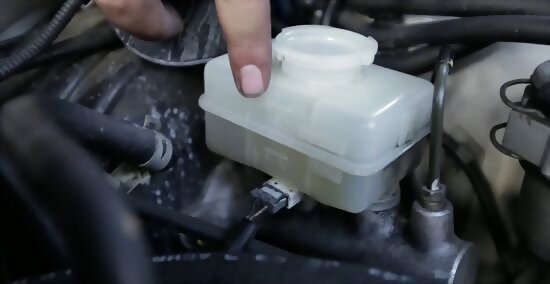
Proceed if the fluid is low or discolored. If the brake fluid is lower than the indicated "min" or "add" line, it's time to add additional fluid. You may also want to have your brakes checked — a drop in brake fluid level can be a sign of problems with the brake system as a whole, like worn pads. Another detail to look for is the color of the fluid. When brake fluid is fresh, it's clear with a yellowish tint. With use, brake fluid can gradually grow darker as it accumulates impurities. If your brake fluid is brown or black, simply adding new fluid is not enough — you'll need to drain the old fluid and replace it. This is a good sign that it is time to have the brake fluid system flushed, you should add fluid as needed to bring the system up to the full level. If there's enough brake fluid in the reservoir and it's not discolored, you may not need to do anything unless your vehicle is scheduled for maintenance. In this case, simply record the date of your inspection for future reference.
Adding New Brake Fluid
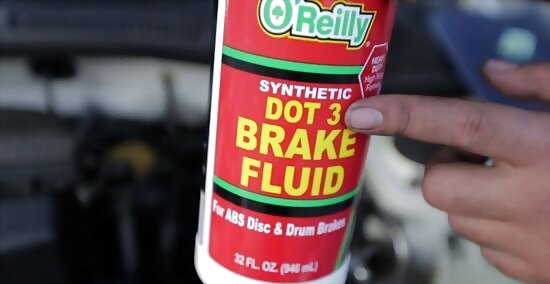
Use an appropriate brake fluid. Check your vehicle's owner's manual to see if there are any specific instructions for the type of brake fluid you should use. Also, the cap usually states what kind of brake fluid is required. For the vast majority of vehicles, a standard glycol-based DOT 3 or DOT 4 brake fluid should be used. Some brake systems may require DOT 5 fluid, which, because it's silicone-based, has a different chemical composition than DOT 3 and DOT 4 fluids. Conventional vehicle maintenance wisdom dictates that DOT 5 should never be mixed with DOT 3 or DOT 4 fluid or used in systems intended for these types of fluids or it may damage the brakes.
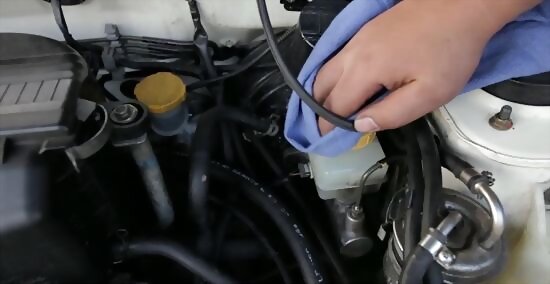
Wipe the reservoir and its cap with a clean, dry rag. Give the top of the reservoir a quick wipe with a lint-free cloth to remove any dirt or debris. This ensures that no loose particles are able to fall into the reservoir and also prevents the brake fluid from dripping onto you or other parts of the engine. If at any point you get brake fluid on your hands, wash them. Brake fluid is corrosive enough to strip paint from metal, so it's dangerous to leave on your skin for very long. When you're done, re-seal the cap and close the hood. Congratulations! You're done.
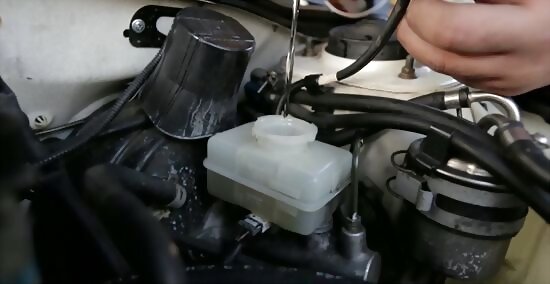
Remove the reservoir cap and add the brake fluid. The actual act of adding extra brake fluid to your vehicle's reservoir is quite easy — simply pour it through the reservoir hole carefully. Use the minimum and maximum fill lines as a guide, if present. If your reservoir doesn't have these markings, fill it about 2/3 to 3/4 full. You may want to consider using a clean funnel to help prevent spillage. If you do this, however, be sure to clean it using soap and water after use, as brake fluid can be highly caustic.
Draining and Replacing Brake Fluid
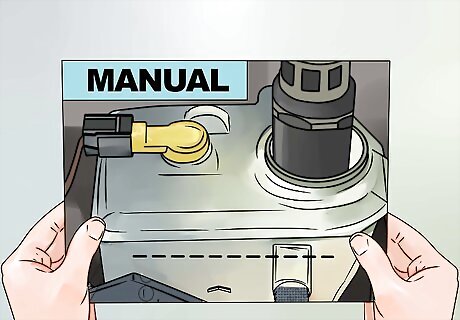
Consult your manual before beginning. Draining old brake fluid and replacing it is a substantially more complicated task than simply adding extra fluid. It's also a task with more potential for error. For these reasons, you'll want to consult your vehicle's owner's manual before you get started. This guide may not apply to every vehicle, so it's important to double-check with your manufacturer's instructions to ensure you don't inadvertently do any damage to your vehicle. Note that this is a two-person job, so you'll also want to grab a partner before beginning.
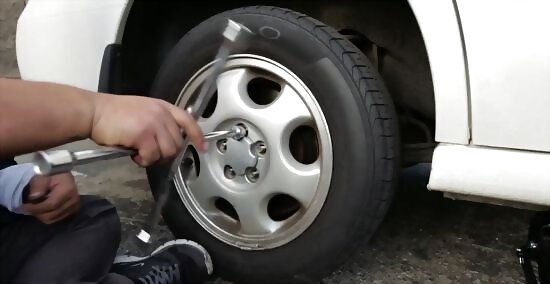
Jack the vehicle up and remove its wheels. To start, you'll want to raise the vehicle on frame stands. Remove each wheel just as you would if you were replacing the vehicle's tires. A level working surface and secure supports are essential here — since the vehicle is raised off of the ground, slippage is a rare but potentially deadly possibility.
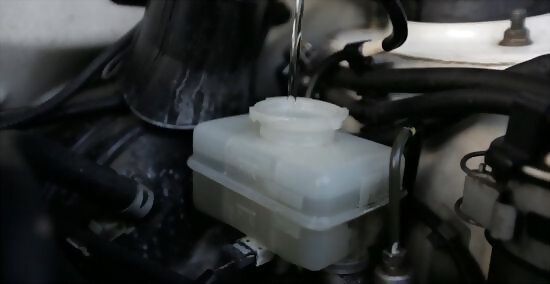
Fill the reservoir with new brake fluid. Open the hood and locate the reservoir as normal. Add extra fluid to the reservoir as normal — even if the fluid that's already in the reservoir is discolored. When you're done, replace the lid. In the next few steps, you'll be getting into and out of the car repeatedly, sometimes adding more new fluid to the reservoir. As you do this, remember not to remove the reservoir cap while the vehicle's brake pedal is depressed, as this will cause the fluid to gush out.
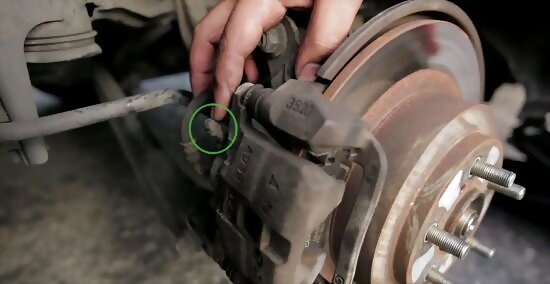
Locate the vehicle's bleed valves. On each brake caliper, you should see a small bleed valve on the back side. This usually looks like a bolt with a small nipple on it and sometimes has a rubber protective cap. In the next few steps, you'll use the bleed valves to let the old, spent brake fluid out of the vehicle's brake lines. Typically, this is done by starting with the rear wheel on the opposite side as the brake fluid reservoir and proceeding through the rest of the wheels in reverse order of their nearness to the reservoir. However, many vehicles require an alternate order to be used, so be sure to double-check with your owner's manual.
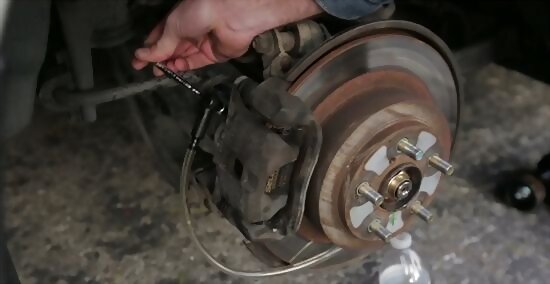
Bleed the first wheel. This is a somewhat complicated process — see the link in the step title for a detailed guide. Begin by connecting the bleed valve to a clear plastic "catcher" container (like an empty soda bottle) with tubing. Ideally, this should be hung or held above the caliper to prevent air from entering the brake system through the valve. Loosen the valve very slightly — not enough for brake fluid to flow, but enough for it to be easy to loosen it the rest of the way. Have an assistant pump the vehicle's brakes a few times until s/he notices pressure or resistance from the brake pedal (the vehicle's engine should be off at this point). Once s/he notices pressure, loosen the bleed valve until fluid begins passing through the tube. The assistant should notice the brake pedal move towards the floor. Be sure to stop bleeding fluid before the pedal reaches the floor — your assistant should shout to let you know when the pedal is about 2/3 of the way to the floor. Letting the pedal reach the floor can damage the brakes.
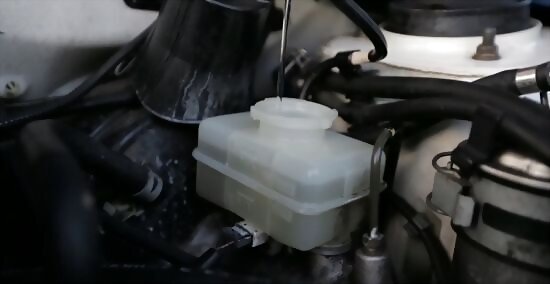
Replenish brake fluid as needed. You never want to let the fluid drop so low that you can no longer see it, as this can introduce air into the brake system. Check the brake fluid reservoir after each bleeding. If necessary, add fresh fluid back to the fill line. Repeat the bleeding procedures above, refilling the fluid in the reservoir as you go, until the fluid passing through the valve is clear and free of air bubbles. Close the bleed screw when finished and make sure it is tight.
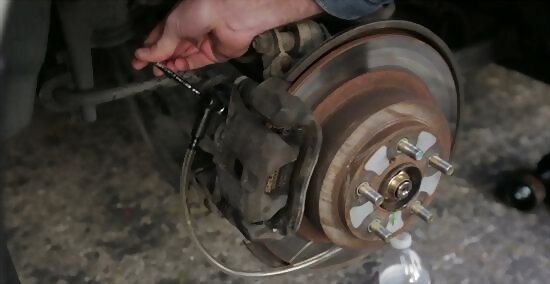
Bleed the remaining wheels. Once you've bled the first wheel as directed above, move on to the rest. As noted previously, the typical order for bleeding a vehicle's brakes is to start with the rear wheel furthest away from the brake fluid reservoir and proceed through the other wheels in reverse order of closeness, ending with the front wheel closest to the reservoir. However, this order may be different for some vehicles, so check the owner's manual. As one final precaution, observe the fluid level in the reservoir as your assistant depresses the pedal and then abruptly releases the pressure. If the pedal feels spongy, there may still be air bubbles in the brake system, so you'll need to continue bleeding. When you've finished with the last wheel and no air bubbles remain in the brake lines, refill the brake fluid reservoir to the fill line and re-cap it.
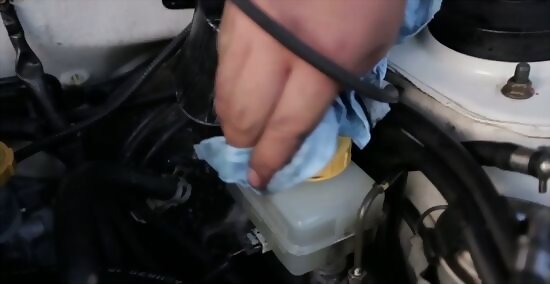
Reinstall the reservoir cap and wipe the area clean of any excess fluid. Use a lint-free cloth to wipe up any brake fluid that may have dripped or spilled around the reservoir, taking care not to wipe any debris into the open reservoir itself. Double-check to ensure that the cap is properly tightened and that the rubber gasket is seated properly before closing the hood and operating the vehicle. Replace the wheels and carefully lower the vehicle back to the ground. Congratulations! You've just replaced your vehicle's brake fluid and bled its brakes — not an easy task for beginners.
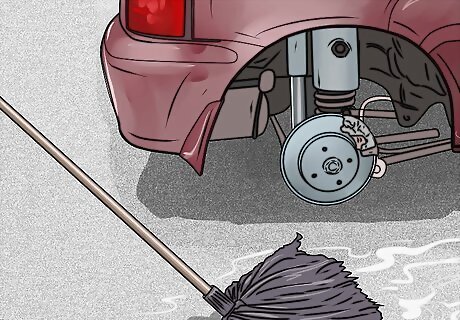
Make sure to clean up any spills. If brake fluid spills onto the ground, don't forget to clean it up — not only is it a corrosive, somewhat noxious fluid, but also a hazard in terms of slippage. Minor spills can usually be cleaned up with a wet towel or mop. For major spills, absorb the fluid with inert, non-flammable materials like sand, dirt, diatomaceous earth, etc. and shovel this into a waste receptacle. Don't let brake fluid make its way into a storm drain or use brake fluid-soaked dirt etc. be used for purposes like gardening — brake fluid is toxic and can pose an environmental hazard if it's released into the environment without being properly processed and treated.










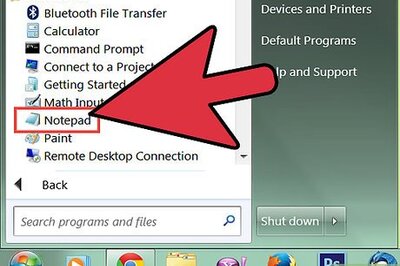



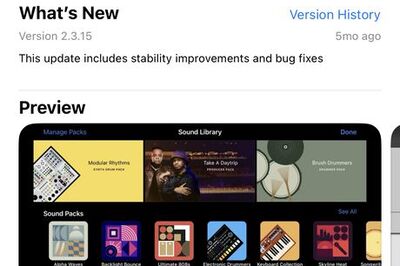
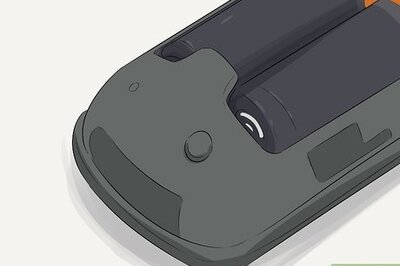
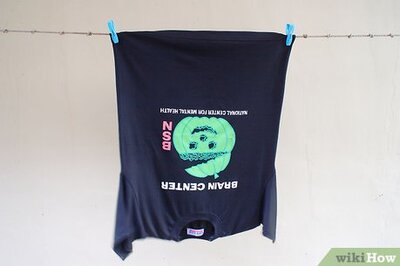


Comments
0 comment